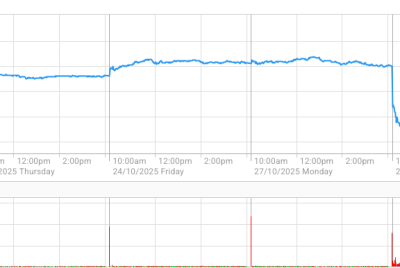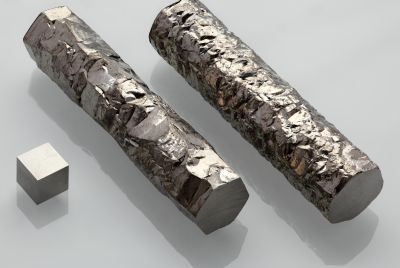2013 Comet ISON: Hubble Space Telescope Captures Spectacular Image of Approaching Comet
For the first time, the 2013 Comet ISON heads towards the inner solar system and the Hubble Space Telescope Wide Field Camera was able to capture a spectacular image of the approaching comet that shows its exceptional splendor. Comet C/2012 S1 ISON will have its closest approach to the Sun and planet Earth on November 28 and December 26, respectively.
Astronomers are thrilled that they have this opportunity to study the "sungrazer" comet as it approaches the Sun and Earth. "As a first-time visitor to the inner solar system, Comet C/ISON provides astronomers a rare opportunity to study a fresh comet preserved since the formation of the solar system. The expected high brightness of the comet as it nears the Sun allows for many important measurements that are impossible for most other fresh comets," Jian-Yang Li of the Planetary Science Institute stated.
Comet ISON is expected to shine brightly in the dark night sky from the sublimation process where the icy nucleus melts resulting to a tail of gas and dust. The sublimating ice releases dust that can mirror the sunlight therefore making the comet much brighter.
"Discovered by amateur astronomers in September 2012, Comet ISON is about to reach the outer edge of the asteroid belt, located 451 million kilometers from Earth," declared William Cooke, the lead scientist of NASA's Meteoroid Environment Office at the Marshall Space Flight Centre in Huntsville, Alabama.
The Hubble Space Telescope and NASA's Swift Space Telescope calculated that Comet ISON's icy nucleus measurement is approximately 5 kilometers (3 miles) across. The head of Comet ISON is around 5,000 kilometers (3,100 miles) across and the tail is already extending at approximately 92,000 kilometers (57,000 miles).
However, the NASA Swift telescope inspection on the comet shows that it is already flaking off dust from its nucleus with a rate of over 50,802 kilograms per minute due to the intense heat of the Sun. Comet ISON's nucleus size is predicted to be reduced or even dissolved as it closely approaches the blazing Sun.
"I doubt this thing is going to survive. I guess we won't know for sure until we look for it to come out from behind the sun," William Cook stated. If Comet ISON endures the heat of the Sun, then viewers can witness an amazing comet display above the Earth sky even in broad daylight before the year 2013 ends.





















